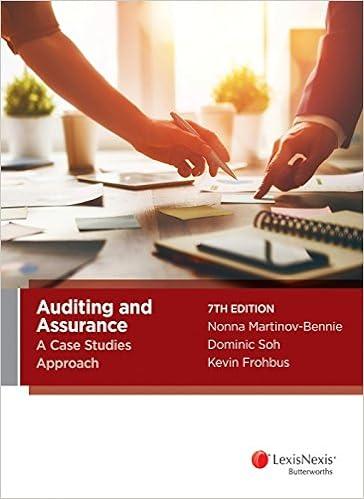Name ts? 1.Which cost accumulation procedure is most applicable in conts b. actual c. process d. job order 2. .Equivalent units of production are equal to the units completed by a production department in the period. b. number of units worked on during the period by a production department number of whole units that could have been completed if all work of the period had been used to produce whole units. e. d. identifiable units existing at the end of the period in a production department. 3.To using the FIFO method of process costing, work for the current period must be stated in units completed during the period and units in ending inventory b. a. completed from beginning inventory, units started and completed during the period, and units partially completed in ending inventory started during the period and units transferred out during the period processed during the period and units completed during the period c. d. 4.A standard cost system may be used in job order costing, but not process costing. a, b. process costing, but not job order costing. e. either job order costing or process costing. d. neither job order costing nor process costing 5. Standard costs may be used for a. product costing b. planning. c. controlling. d. all of the above. 6..A total variance is best defined as the difference between total a. actual cost and total cost applied for the standard output of the period. b. standard cost and total cost applied to production. c. actual cost and total standard cost of the actual input of the period. d. actual cost and total cost applied for the actual output of the period. . When computing variances fiom standdch diffeence bertween actual and standard price multiplied by actual quantity used yields a b. price variance. c. quantity variance d. mix variance. If actual direct labor hours (DLHs) are less than standard direct labor hours allowed and overhead is pplied on a DLH basis, a(n) favorable variable overhead spending variance exists. favorable variable overhead efficiency variance exists. favorable volume variance exists. unfavorable volume variance exists. a. b. c. d







